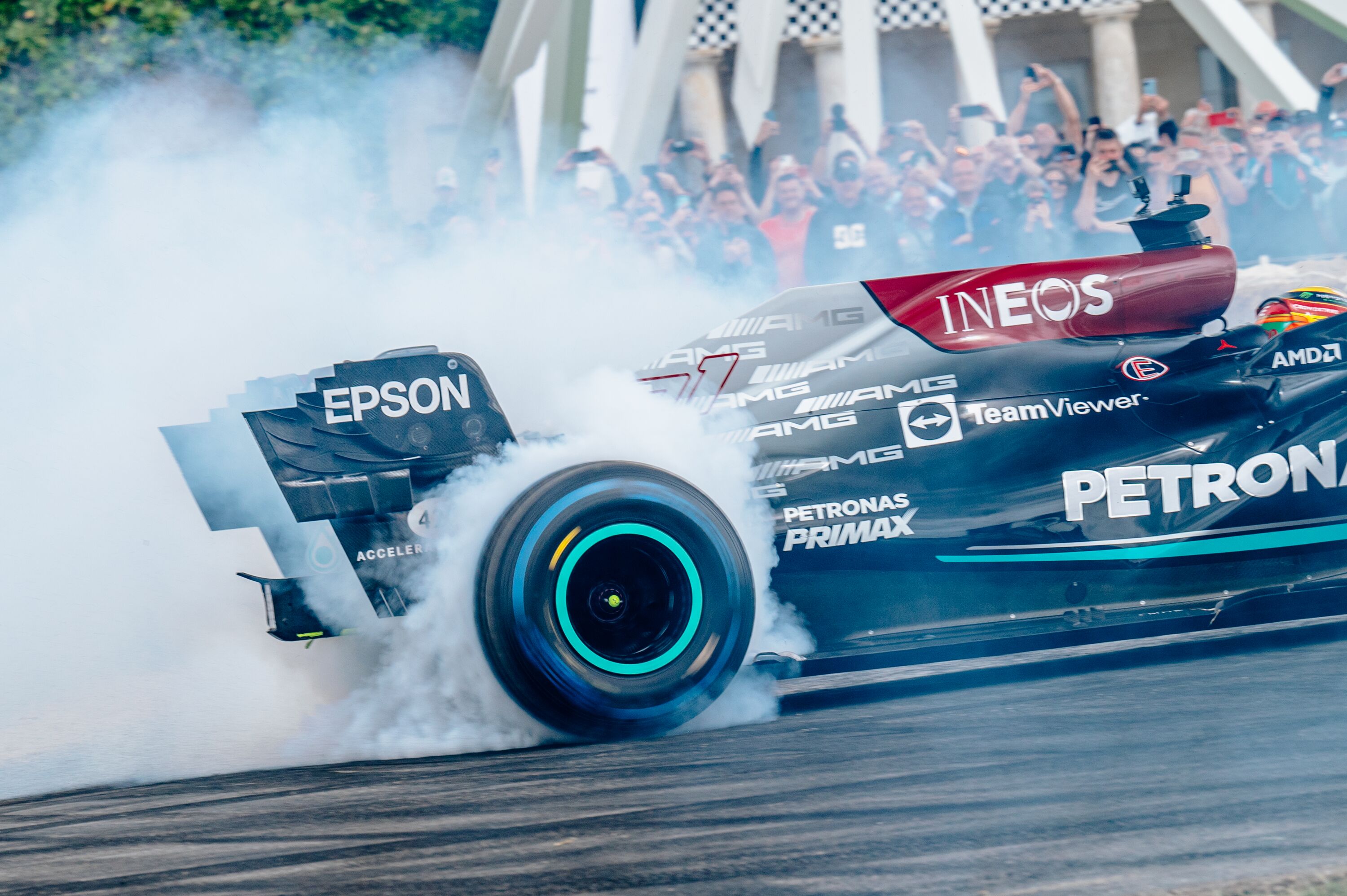Happy 70th birthday to speed bumps | Axon’s Automotive Anorak
Long before Porsche and Lamborghini were linked as part of the Volkswagen Group, Porsche GB was the official UK distributor for the exotic Italian supercar marque, in addition of course to being the British importer for the cult German sportscars. Porsche used its long-established Reading-based import, showroom and service centre to prepare and maintain customers Lamborghinis, presented alongside its own Weissach products.

Early one Monday morning, the Porsche GB employees arriving at work at the Reading HQ were very surprised and frustrated to discover that the local (Berkshire) council had fitted a number of quite severe traffic calming speed bumps on the small spur road leading to the Porsche buildings over the weekend. No one at the local council had had the foresight or courtesy to advise Porsche beforehand that this was due to happen, and the height of these unannounced new speed humps presented a challenge for drivers in their slow-slung Porsche 911s.
However, an impatient queue of Lamborghini clients who had left their cars in for a service found that their ultra-low Diablos and Countaches were unable to clear the bumps. After many frantic phone calls by Porsche to the local council, eventually some road workers arrived to remove the new humps that they had installed just a day or so earlier, this not only costing the council a small fortune, but also causing many red faces as they had to apologise to the increasingly irate Lamborghini owners.

I was reminded of this frustrating but mildly amusing story earlier this week when travelling along a South Downs country back road. As I rounded a bend to find a decidedly unwell and rearranged Skoda Rapid hatchback partially blocking the road. The now not-so-rapid Skoda had one front wheel virtually detached after hitting a savage rubberised speed bump at much too high a speed. A front suspension arm had sustained serious damage, and the forlorn Skoda was no going no further on its journey until a recovery truck could arrive to scoop the stricken hatchback off the edge of the narrow road.
A scourge of modern motoring, the infamous speed bump has actually been around longer than most of us probably realise. This raised speed reduction ‘traffic calming’ device was first seen 70 years ago in the USA. This unloved 1953 invention was the brainchild of a Nobel Prize winner (though not for his speed bump idea) – Arthur Holly Compton – a Chancellor at Washington University, St. Louise, Missouri. Compton was a physicist who worked on electro-magnetic theory, for which he was awarded his prestigious Nobel Prize.

The inspiration for Compton’s speed reduction idea came about through his concern of the speeding traffic passing by the Brookings Hall on the Missouri university campus and the potential dangers this created for students and staff. Thus, the world’s first speed bumps were constructed. Compton’s idea was almost half-a-century later, and possibly inspired by, a raised pedestrian crossing to slow traffic speeds that was reportedly fitted in Chatham, New Jersey, as long ago as 1907.
The first of many speed bumps to appear in Europe were fitted in Delft in the Netherlands in 1970, with them later appearing everywhere, much to the frustration of millions of European motorists. In Scandinavia, ingenious smart speed-dependant speed humps seem to be a far more practical (although potentially costly) solution to slow traffic down, with these smart devices deflating to flat when a vehicle approaches it at the correct prescribed speed, but inflating if another vehicle approaches the bump far too quickly. Flashing digital ‘your speed is’ roadside-mounted signs would also seem to be a much more effective solution to reducing traffic speed in my view, as well as shaming speeding drivers in front of fellow road users.

As the driver in the damaged Skoda Rapid can testify to his considerable cost and inconvenience, modern vehicles with their firm suspension set-ups are not very compatible with raised speed bumps. Old A-frame Citroens (2CV, Mehari, Ami 6, etc.), however, which are mostly famed for holding up traffic with trademark no-rush performance, could make use of that ‘unbroken eggs across a ploughed field’ soft suspension so that drivers wouldn’t even have to slow down for speed bumps. A triumph of clever 1940s engineering from Citroen, but I suspect that Arthur Holly Compton would not have approved!
Images courtesy of Getty Images.
Axon's Automotive Anorak
Citroen
Porsche
Lamborghini





